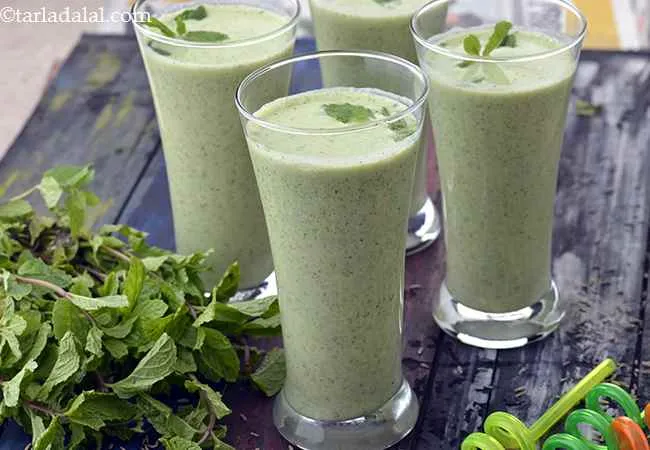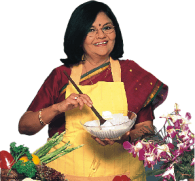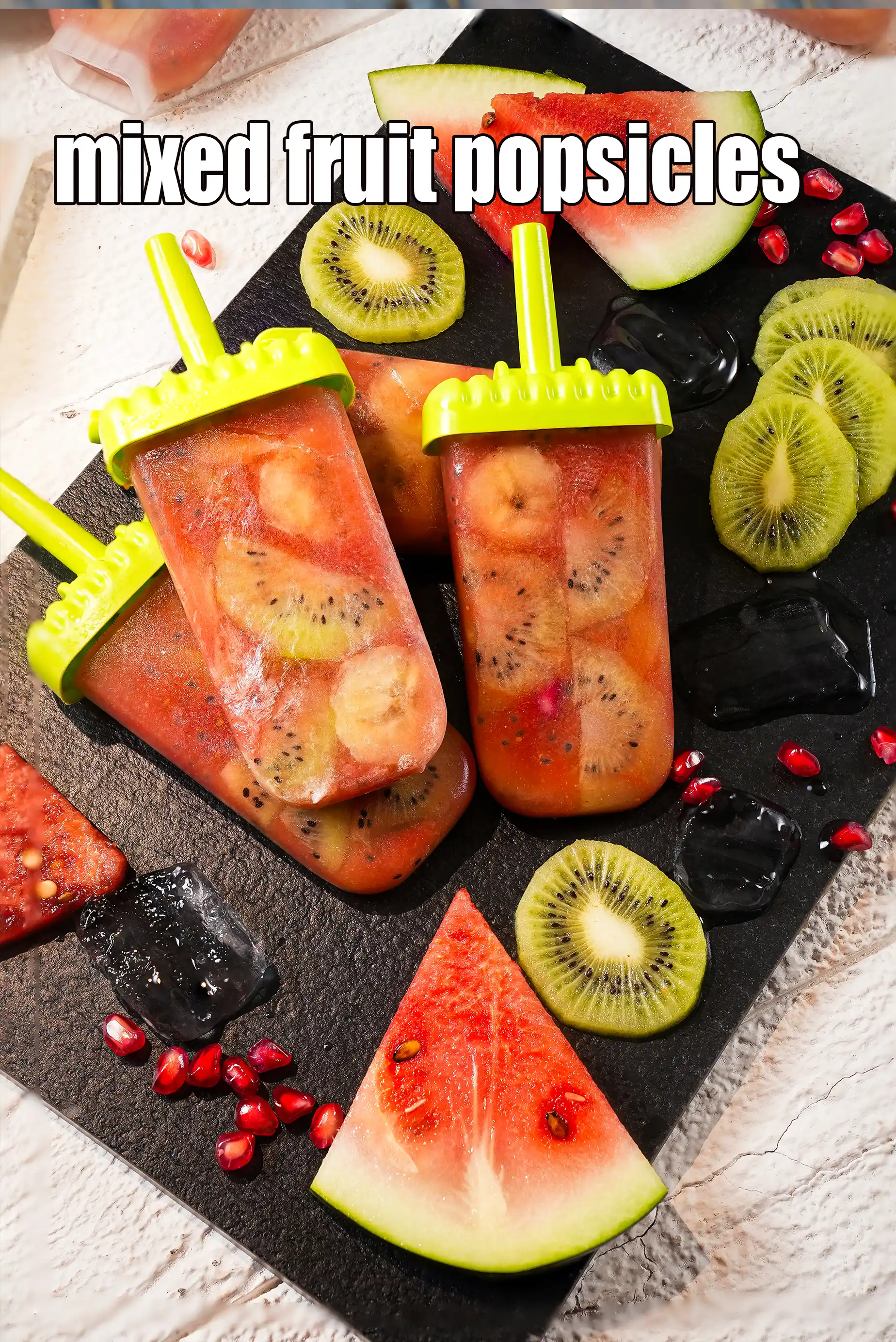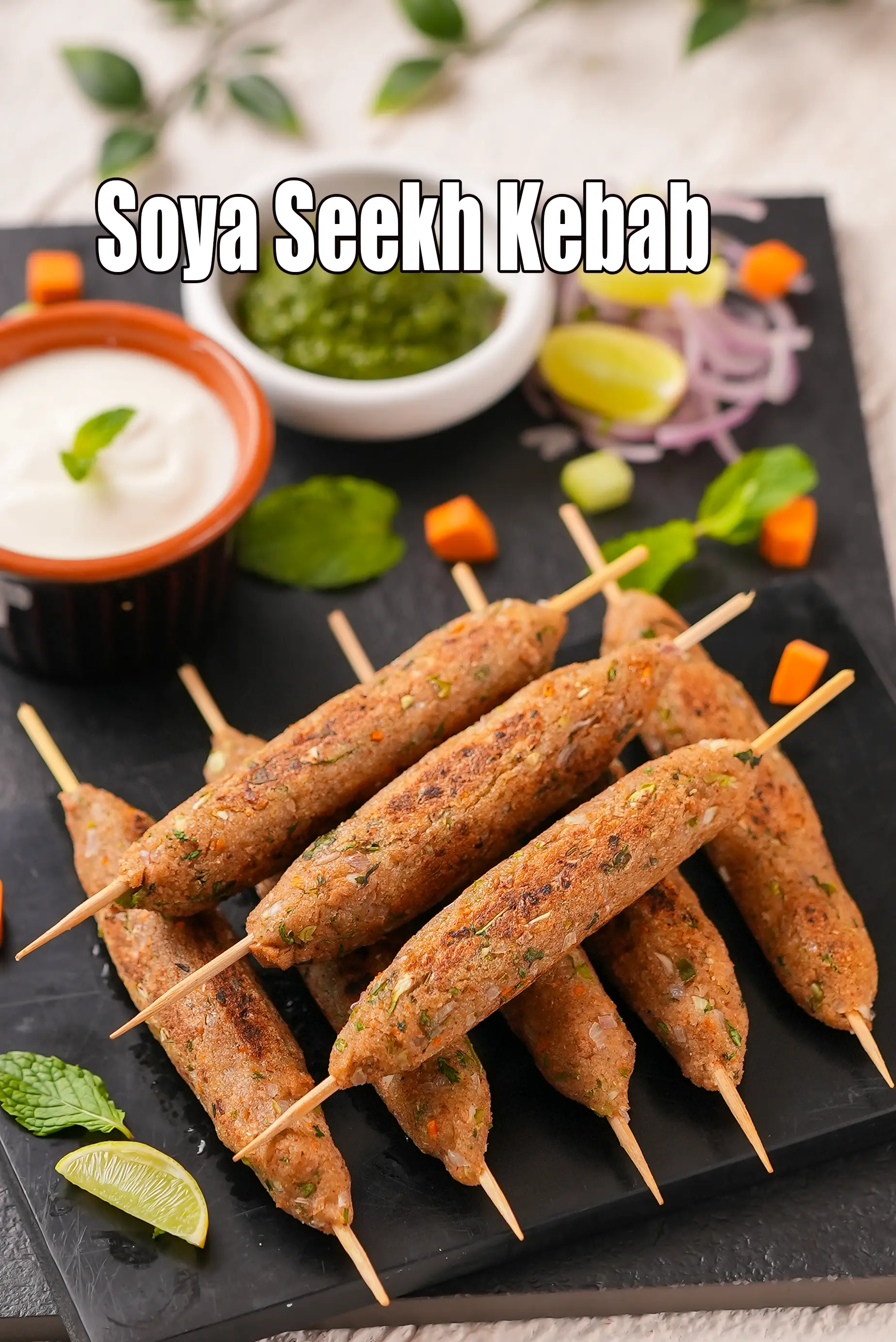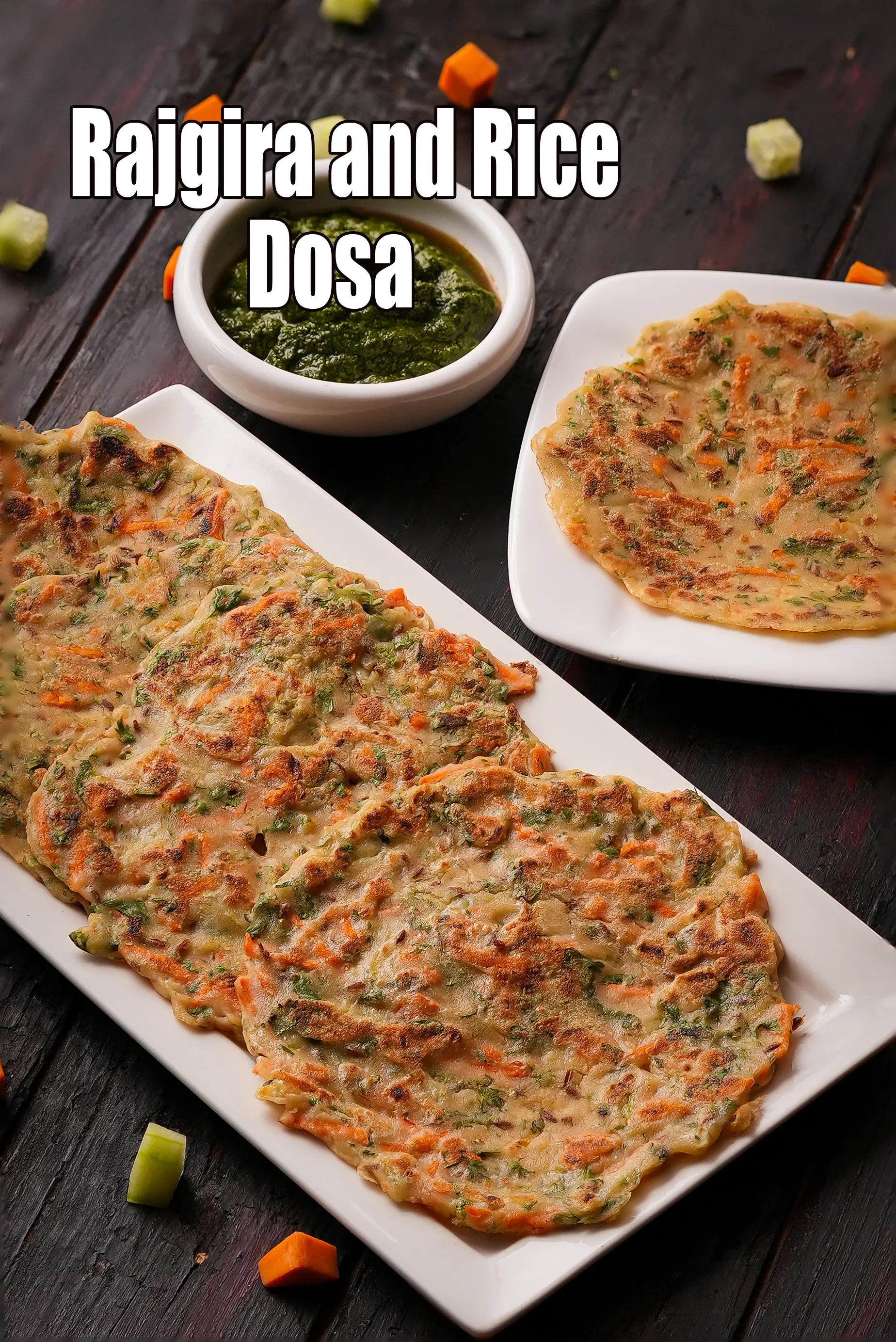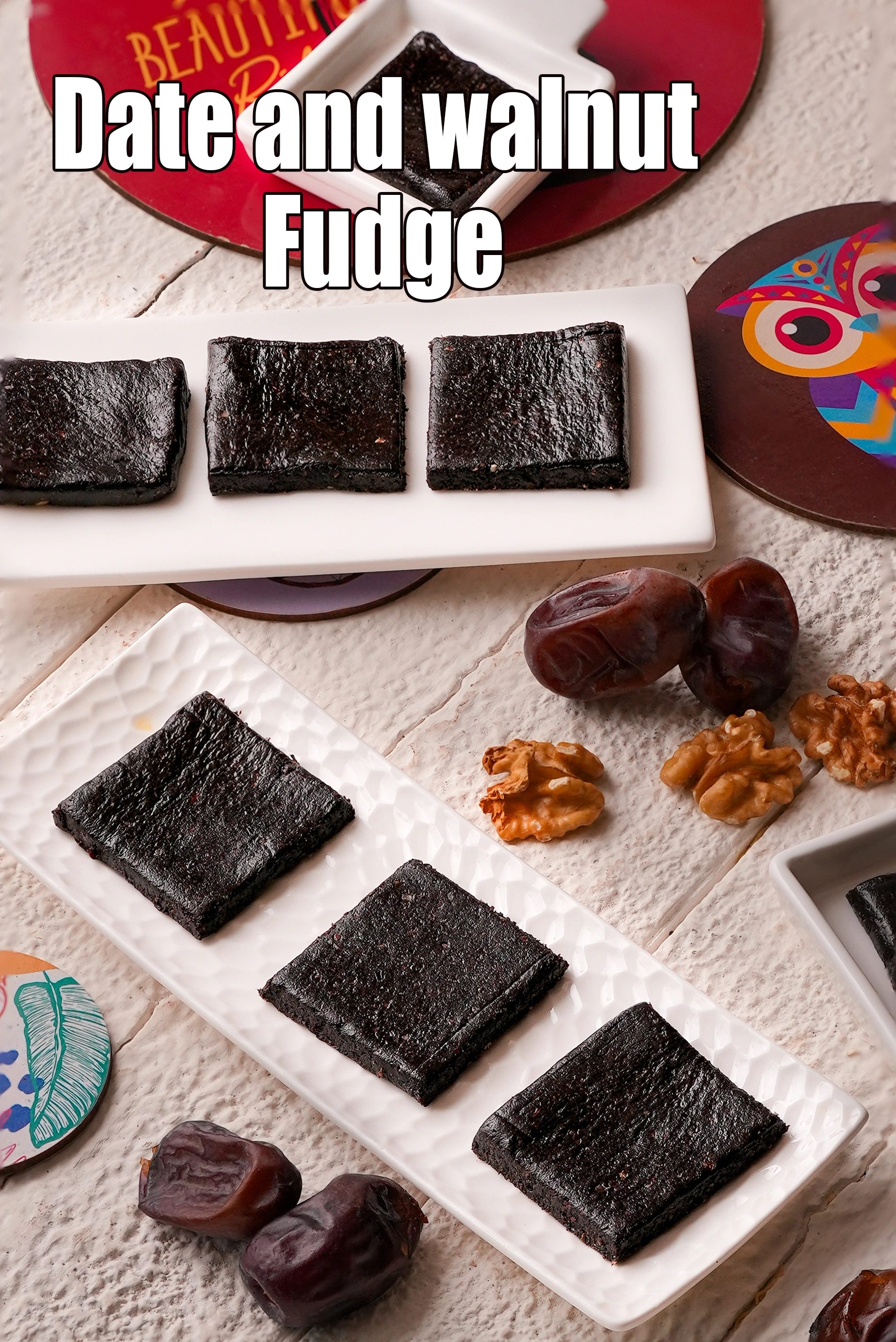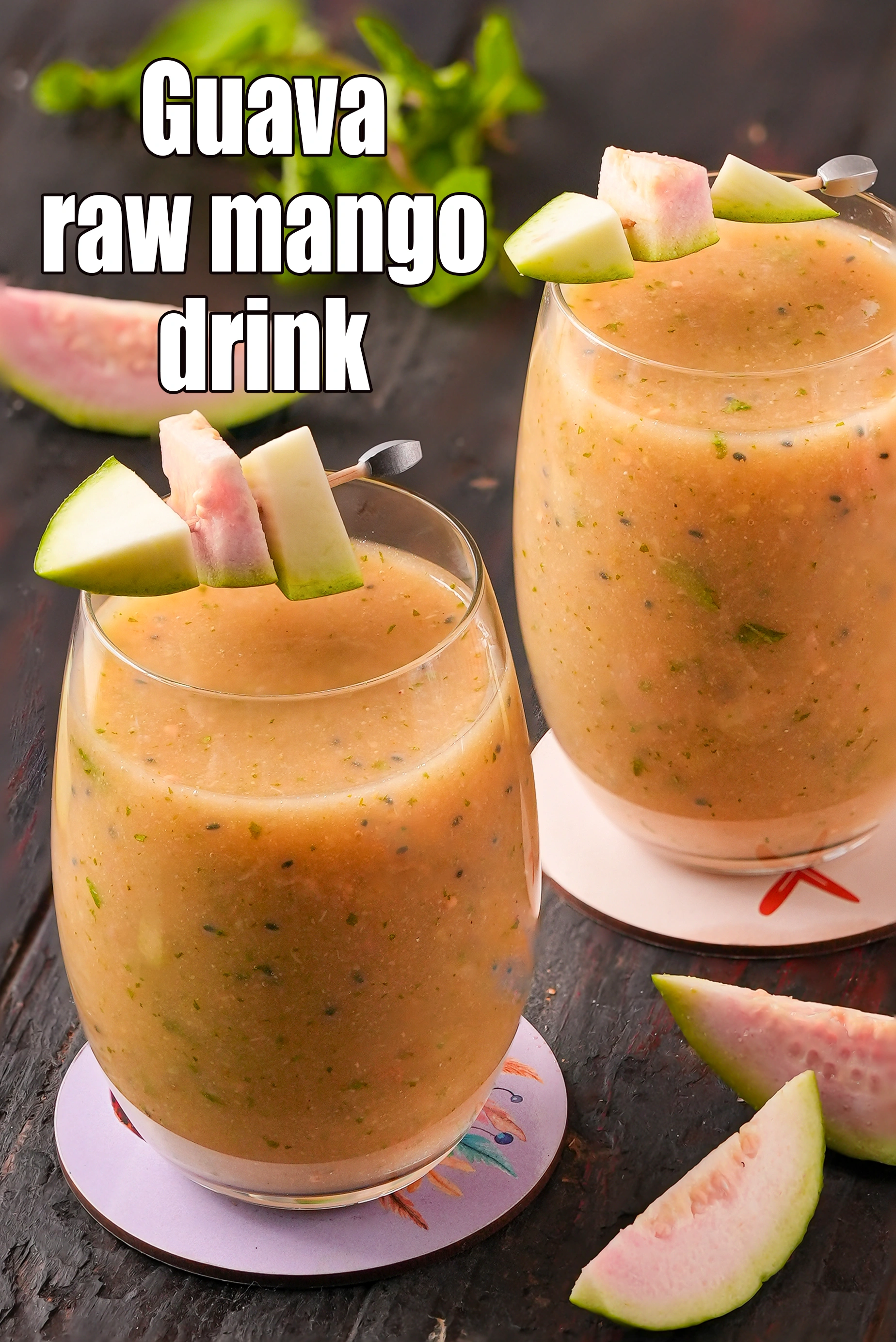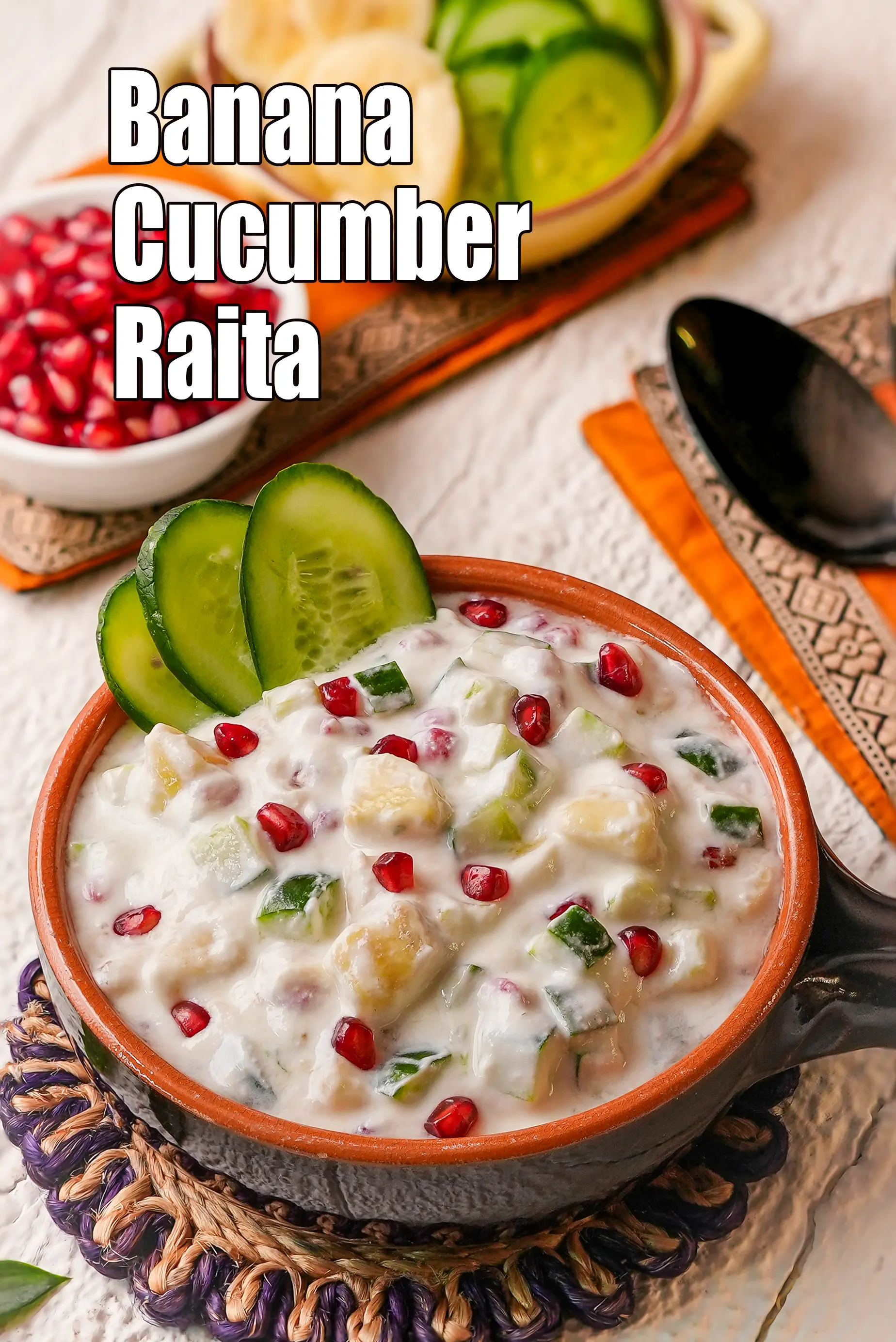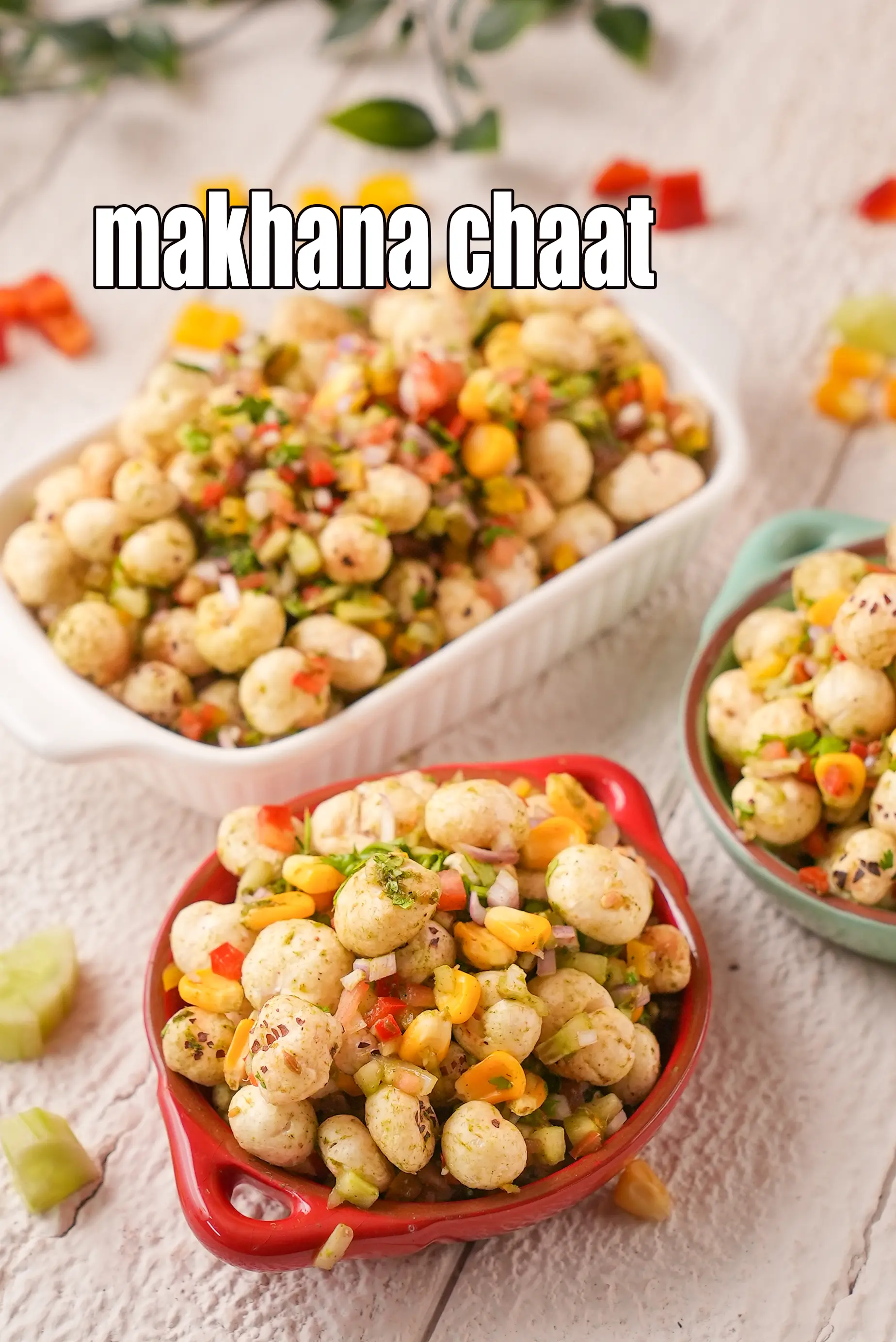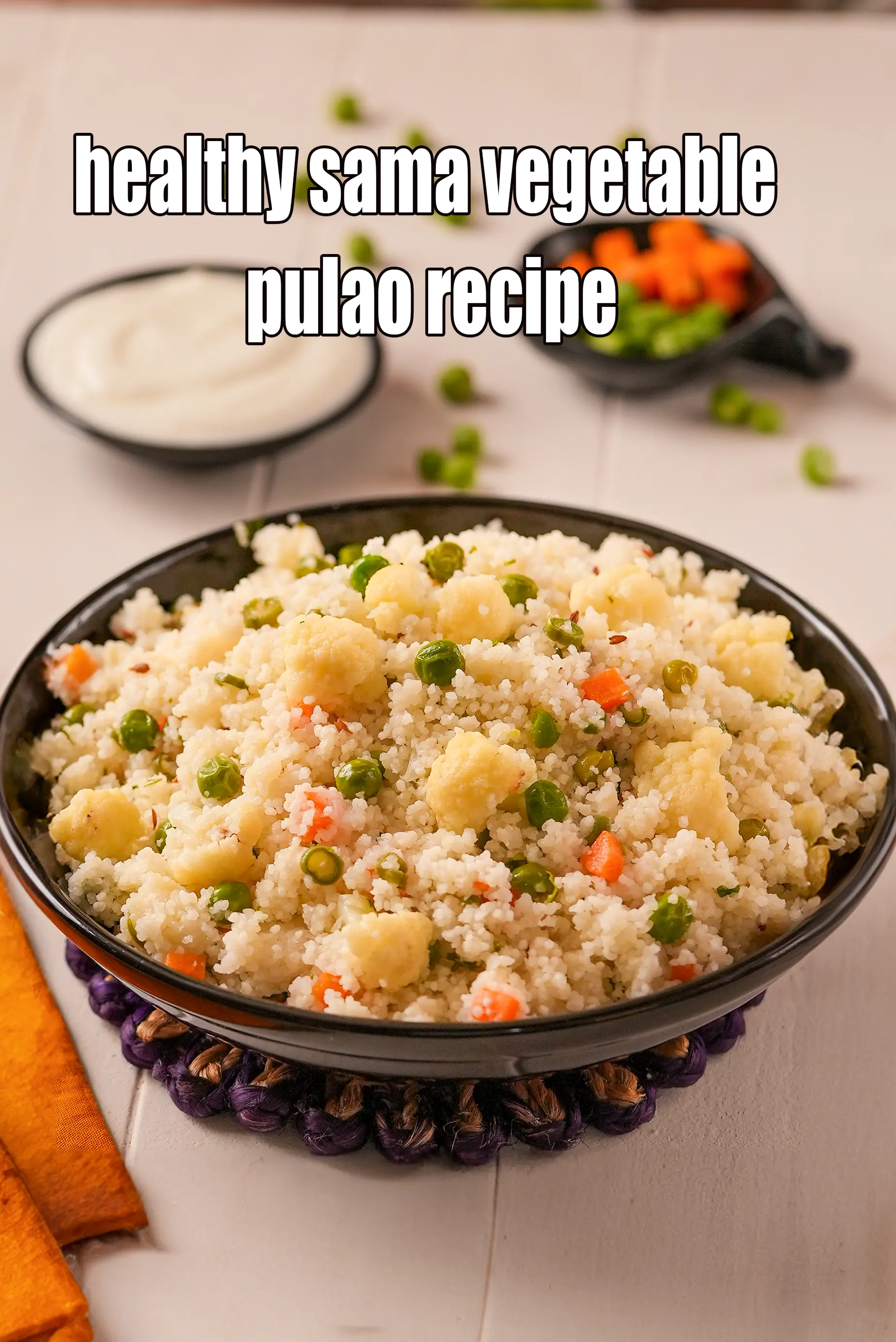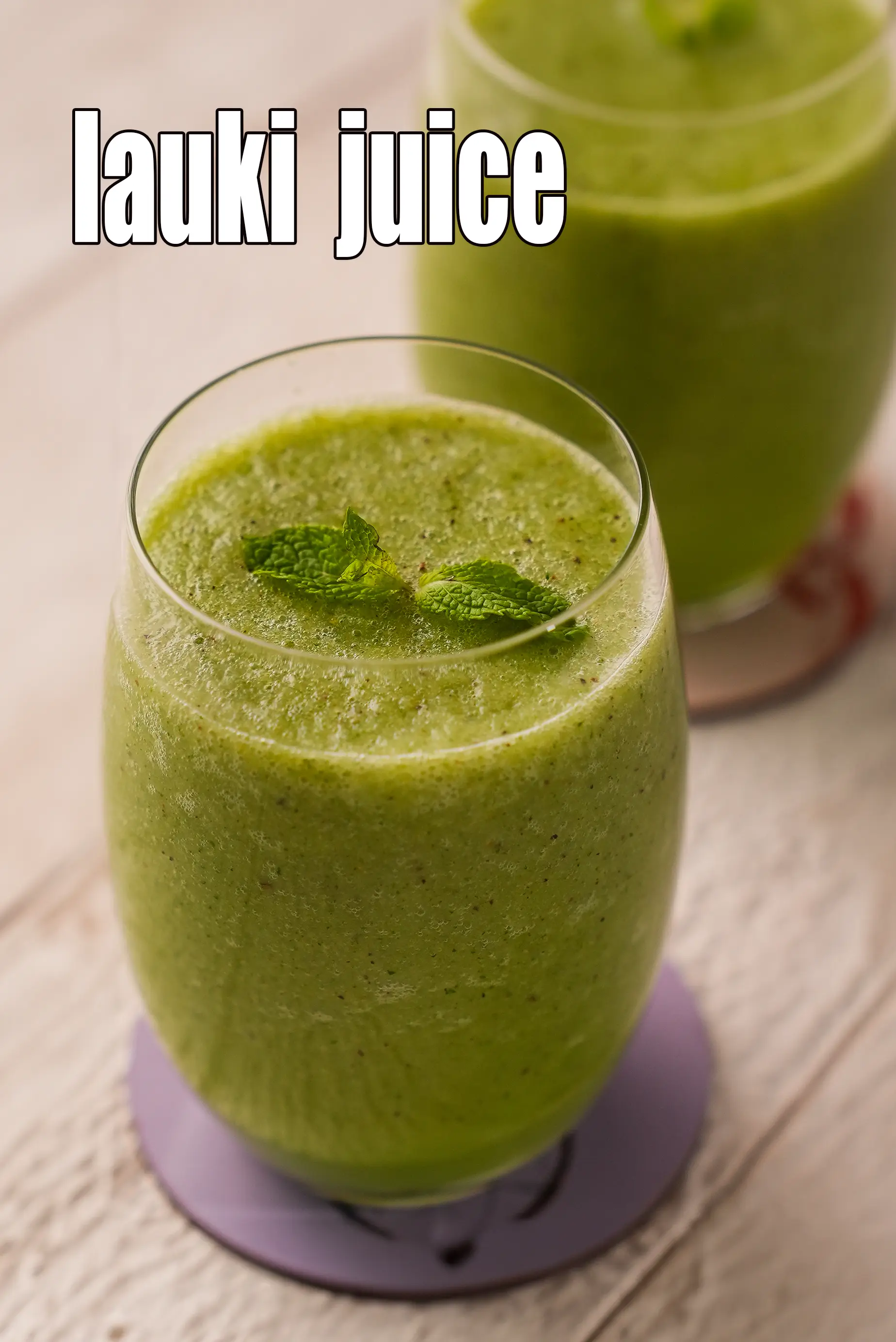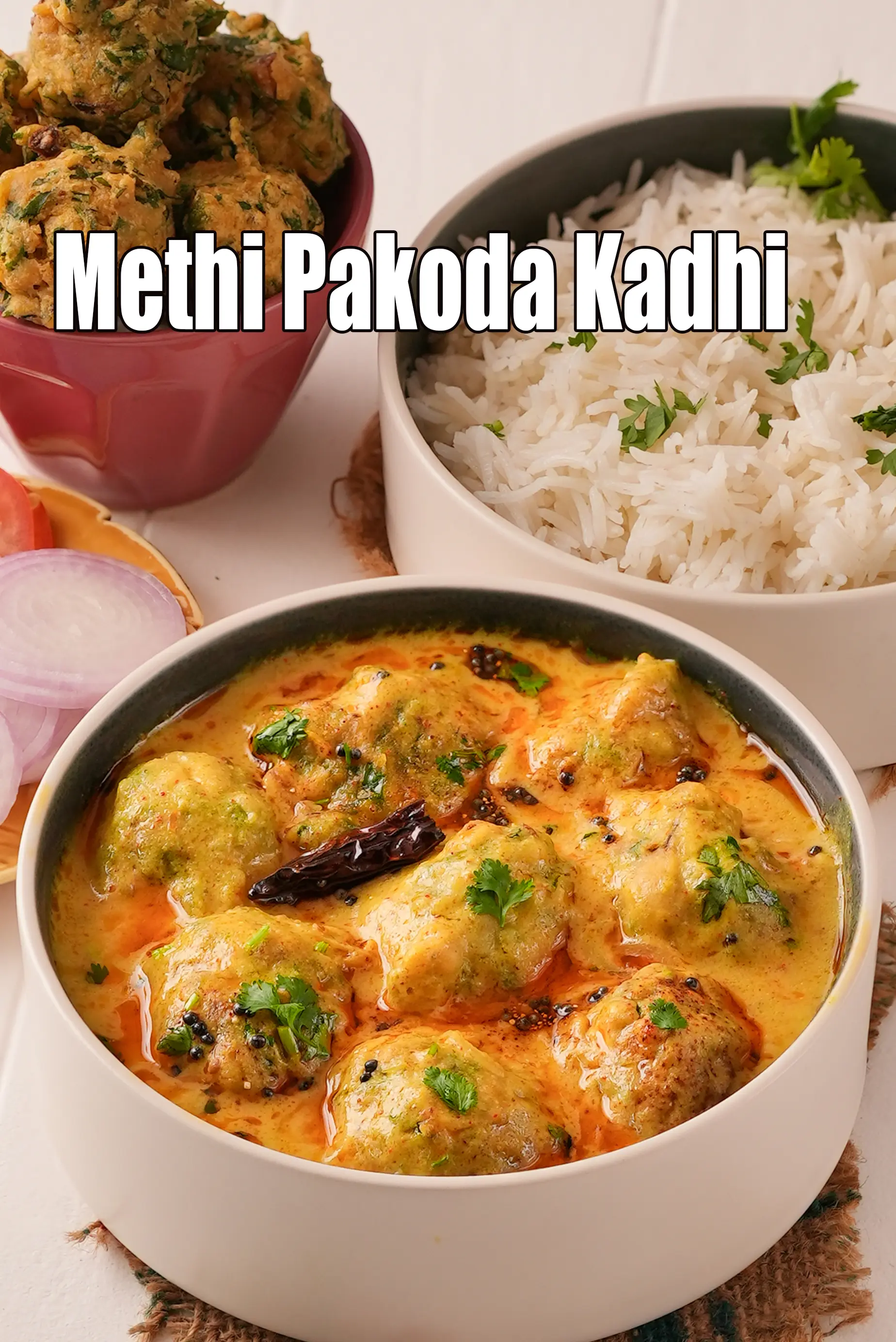Nutritional Facts of Chapati Masala Noodles, Roti Vegetable Noodles, Calories in Chapati Masala Noodles, Roti Vegetable Noodles
This calorie page has been viewed 7198 times
Cooking Basic Indian recipes | Basic cooking Indian recipe |
Cooking Basic Indian recipes | Basic cooking Indian recipe |
Course
Equipment
-16293.jpg)
Table of Content
How many calories does one serving of Chapati Masala Noodles have?
One serving of Chapati Masala Noodles gives 88 calories. Out of which carbohydrates comprise 50 calories, proteins account for 9 calories and remaining calories come from fat which is 29 calories. One serving of Chapati Masala Noodles provides about 4 percent of the total daily calorie requirement of a standard adult diet of 2,000 calories.
Click here to view Chapati Masala Noodles Calorie. Keep the metabolism going with this yummy snack rich in nutrients. The tomato-onion garam masala spices up boring, leftover chapatis.
Is Chapati Masala Noodles healthy?
Yes, this is healthy. Let's see why?
Let's understand the Ingredients of Chapati Masala Noodles.
What's good in Chapati Masala Noodles.
Leftover Chappatis : Chapati made with whole wheat flour is high fibre, nuttri-loaded.... a perfect substitute to those made with maida.
Onions (pyaz, kanda) : Raw onions are a very valuable source of vitamin C – the immune building vitamin. Along with other phytonutrients from onions, it helps to build WBC (white blood cells) which serves as a line of defence against illness. Yes, it’s a source of many antioxidants, the most important one amongst them being Quercetin. The quercetin in Onions promotes production of HDL (good cholesterol) and lowers total cholesterol in the body. The sulphur in onions act as a blood thinner and prevents blood clotting too. This in turn would lower blood pressure and good for heart, diabetics. Read the benefits of onions.
Capsicum (Bell Peppers): Rich in vitamin C, capsicum protect and maintain the lining of the heart. Low glycemic index (40) colourful capsicum are immune boosters. Colourful capsicums are not only visually appealing but also good for your eyes too, as they contain antioxidant Lutein, which protects the eye from cataracts and degeneration of the eye. Capsicum is high in Folate or folic acid, which is important for rapid growth and multiplication of red blood cells and white blood cells in the bone marrow. See detailed benefits of capsicum.
Garlic : Garlic has been proven to lower cholesterol. The active ingredient allicin present in garlic aids in lowering blood pressure. Garlic is also alleged to help regulate blood glucose levels for diabetics. Garlic is great for the heart and circulatory system. Garlic has an antimicrobial, antiviral and antifungal function and can help in relieving common cold and other viral infections. To boost your immune system have a garlic clove a day. Garlic is a top anti viral food. The thiosulphate compound, Allicin found in garlic acts as a strong antioxidant and protects our body from damage of free radicals. Read here for complete benefits of garlic.
Tomatoes : Tomatoes are extremely rich source of Lycopene. Tomatoes are a powerful antioxidant, super rich in Vitamin C, good for heart. Tomatoes are a Pregnant women's friend and are rich in Folate or Folic Acid which helps your body to produce and maintain new cells, especially red blood cells. Read about 13 amazing benefits of tomatoes.
Turmeric Powder (Haldi): Turmeric helps in digestion of food thus helping to overcome indigestion. Haldi may help in reducing the growth of fat cells in the body. Turmeric, being rich in iron, is highly valuable in the treatment of anaemia and both the root as well as the powder should be a regular part of an anaemic diet. One of the health benefits of turmeric is it’s anti-inflammatory property due to the active compound, Curcumin, which helps to relieve inflammation of the joints and thus is a ladder to relieve pain related to arthritis. The curcumin in haldi also helps to ward of the bacteria’s causing cold, cough and throat irritation. Turmeric benefits in diabetes management by lowering blood glucose levels. Its antioxidant and anti-inflammatory effects are useful in the treatment of diabetes patients. It is known to be a good brain food and keep diseases like Alzheimer’s at bay. See here for detailed turmeric benefits.
Red chilli powder : Red chilli powder can set the taste buds on fire, and sometimes the tummy too! It is basically a spice blend consisting of one or two types of dried red chillies that are ground and pulverized into a fine powder. It is generally used to add spice to otherwise bland foods.
Black Salt: Since the sodium level in black salt is less as compared to table salt, it is prescribed to patients with high blood pressure or those on low salt diets. It is also known for comforting intestinal gas trouble. Black salt is considered as a cooling spice in Ayurveda, and thus helps treat heartburn. It is used as a laxative and digestive aid.
Low Fat Butter: Low fat butter is low in saturated fat and has no dietary cholesterol. However, it is high in trans fatty acids which lower the levels of good cholesterol. Thus, ensure that you purchase low fat butter which is trans fat free.
Coriander (kothmir, dhania): Coriander is a fresh herb often used as a flavour enhancer in Indian cooking. It is mainly used as a garnish. This is the best way to use it - no cooking. This preserves its vitamin C content which helps to build our immunity and bring that sparkle to the skin. The antioxidants vitamin A, vitamin C and the quercetin present in coriander works towards strengthening our immune system. Coriander is a fairly good source of iron and folate – the 2 nutrient which help in the production and maintenance of red blood cells in our blood. Good for reducing cholesterol and good for diabetics. Read 9 benefits of coriander to understand details.
Lemon, Lemon Juice : Lemon is a very good source of Vitamin C and thus helps in the production of white blood cells and antibodies in the blood which attacks invading microorganisms, prevents infection and builds immunity. Therefore, Lemon juice is given to prevent common cold. The ascorbic acid in lemon juice helps in absorption of iron from the food. So if you’re iron deficient or have anaemia squeeze a lemon on iron rich recipes. See detailed benefits of lemon, lemon juice.
Note : 1 cup = 200 ml (standard cup available in the market). The weight in grams varies for each ingredient.
Can diabetics, heart patients and over weight individuals have Chapati Masala Noodles?
Yes, this recipe is good and healthy for diabetics, heart and weight loss. Chapaties are made with whole wheat flour which is High fibre, nuttri-loaded. protect and maintain the lining of the heart. Low glycemic index (40) colourful capsicum are immune boosters. Colourful capsicums are not only visually appealing but also good for your eyes too, as they contain antioxidant Lutein, which protects the eye from cataracts and degeneration of the eye. Also it is high in Folate or folic acid, which is important for rapid growth and multiplication of red blood cells and white blood cells in the bone marrow. Indian spices enhance the healthy nutrients value and taste of this Indian snacks.
What is a healthy accompaniment to this Chapati Masala Noodles?
We suggest you to pair it with healthy Indian drinks to choose from are masala chaas, low fat chaas recipe or unsweetened Indian chocolate almond milk with dates.
Masala Chaas Recipe, Spicy Buttermilk Recipe
Can healthy individuals have Chapati Masala Noodles Recipe?
Yes, this is healthy.
Chapati Masala Noodles is high in
1. Vitamin C : Vitamin C is a great defence against coughs and colds.
2. Vitamin B1 : Vitamin B1 protects nerves, helps in carbohydrate metabolism, prevents heart diseases and helps produce red blood cells.
Note : a recipe is deemed high in a Vitamin or mineral if it meets 20% and above the recommended daily allowance based on a 2,000 calorie diet.
Chapati Masala Noodles is good for
6. Kids snacks
How to burn 123 calories that come from one serving of Chapati Masala Noodles?
Walking (6 kmph) = 37 mins
Running (11 kmph) = 12 mins
Cycling (30 kmph) = 16 mins
Swimming (2 kmph) = 21 mins
Note: These values are approximate and calorie burning differs in each individual.
| Energy | 149 cal |
| Protein | 4.3 g |
| Carbohydrates | 24.5 g |
| Fiber | 4.6 g |
| Fat | 4.2 g |
| Cholesterol | 7.5 mg |
| Vitamin A | 431.3 mcg |
| Vitamin B1 | 0.3 mg |
| Vitamin B2 | 0.1 mg |
| Vitamin B3 | 1.4 mg |
| Vitamin C | 51.1 mg |
| Folic Acid | 24.3 mcg |
| Calcium | 39.9 mg |
| Iron | 5.2 mg |
| Magnesium | 51.8 mg |
| Phosphorus | 122.2 mg |
| Sodium | 359.6 mg |
| Potassium | 223.6 mg |
| Zinc | 0.7 mg |
-16293.webp)
Click here to view Chapati Masala Noodles, Roti Vegetable Noodles
Calories in other related recipes
